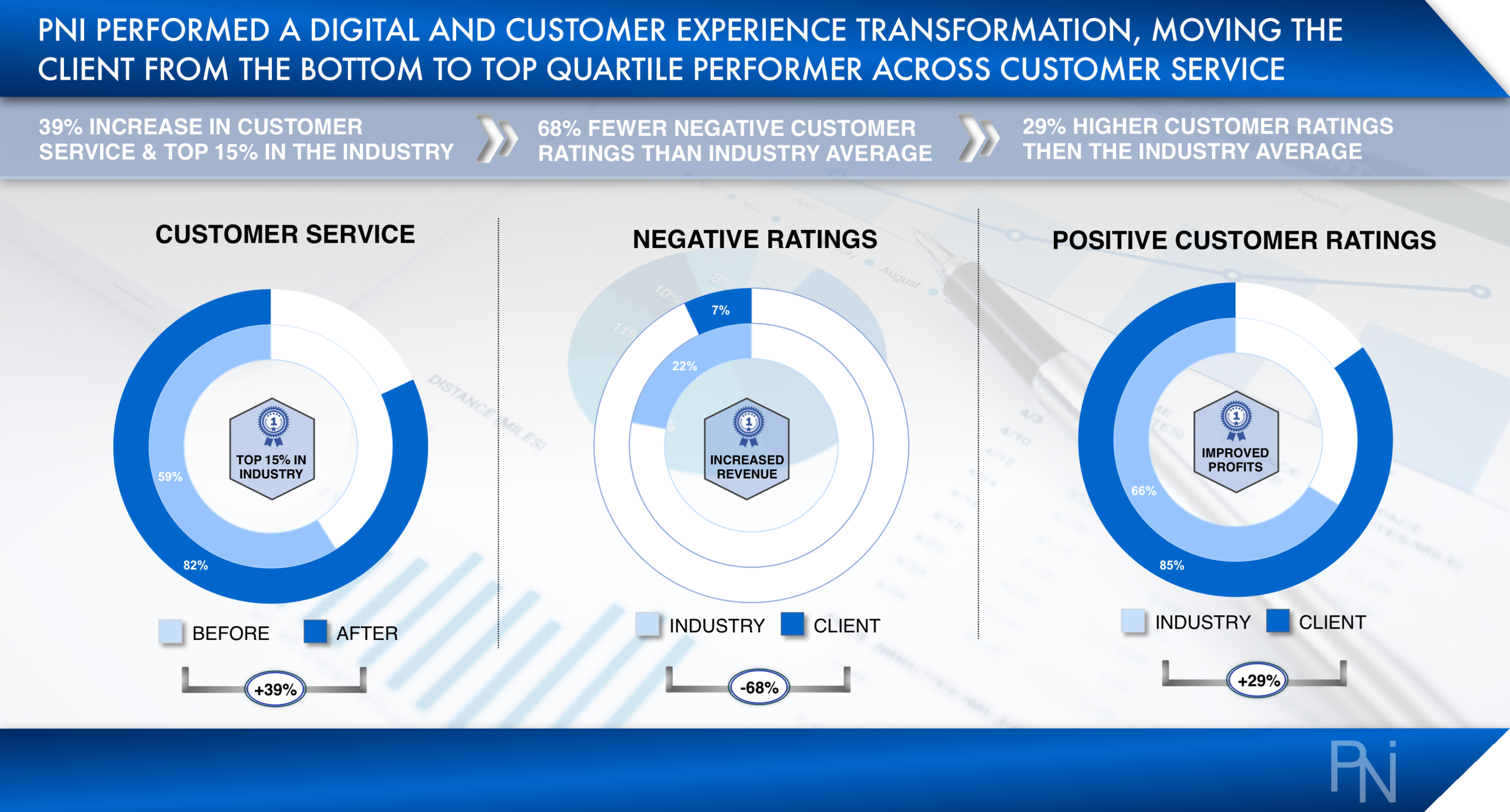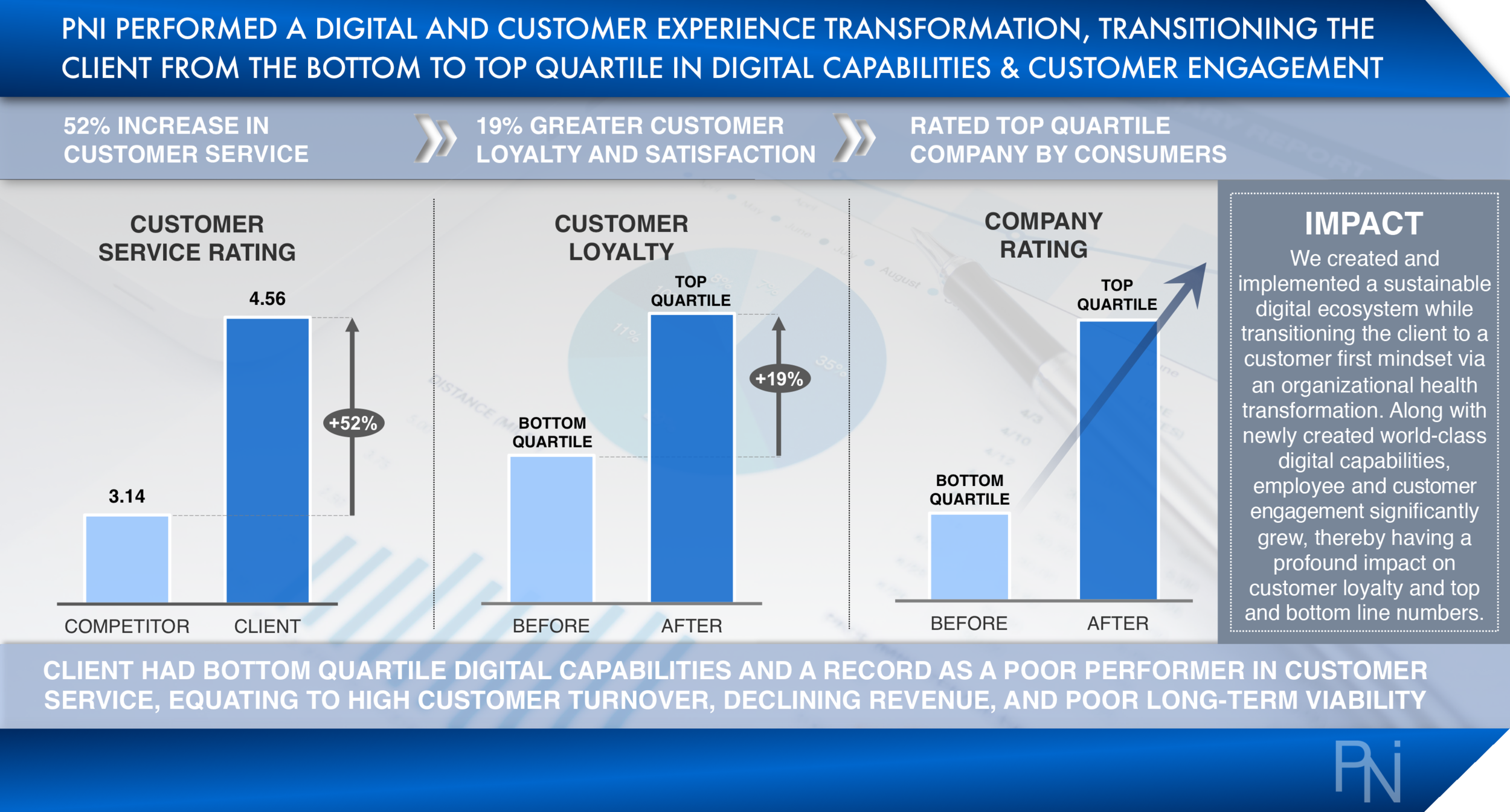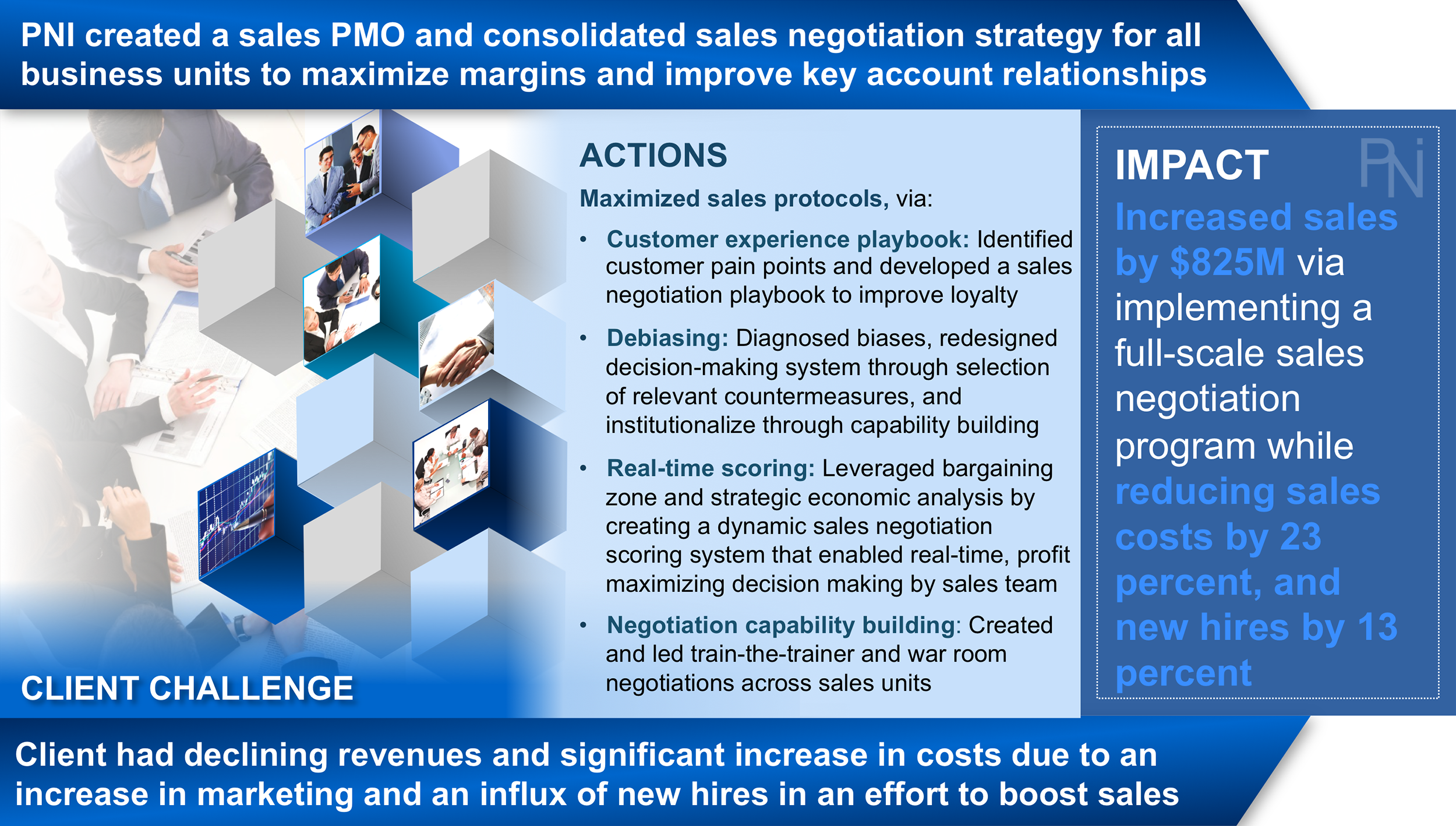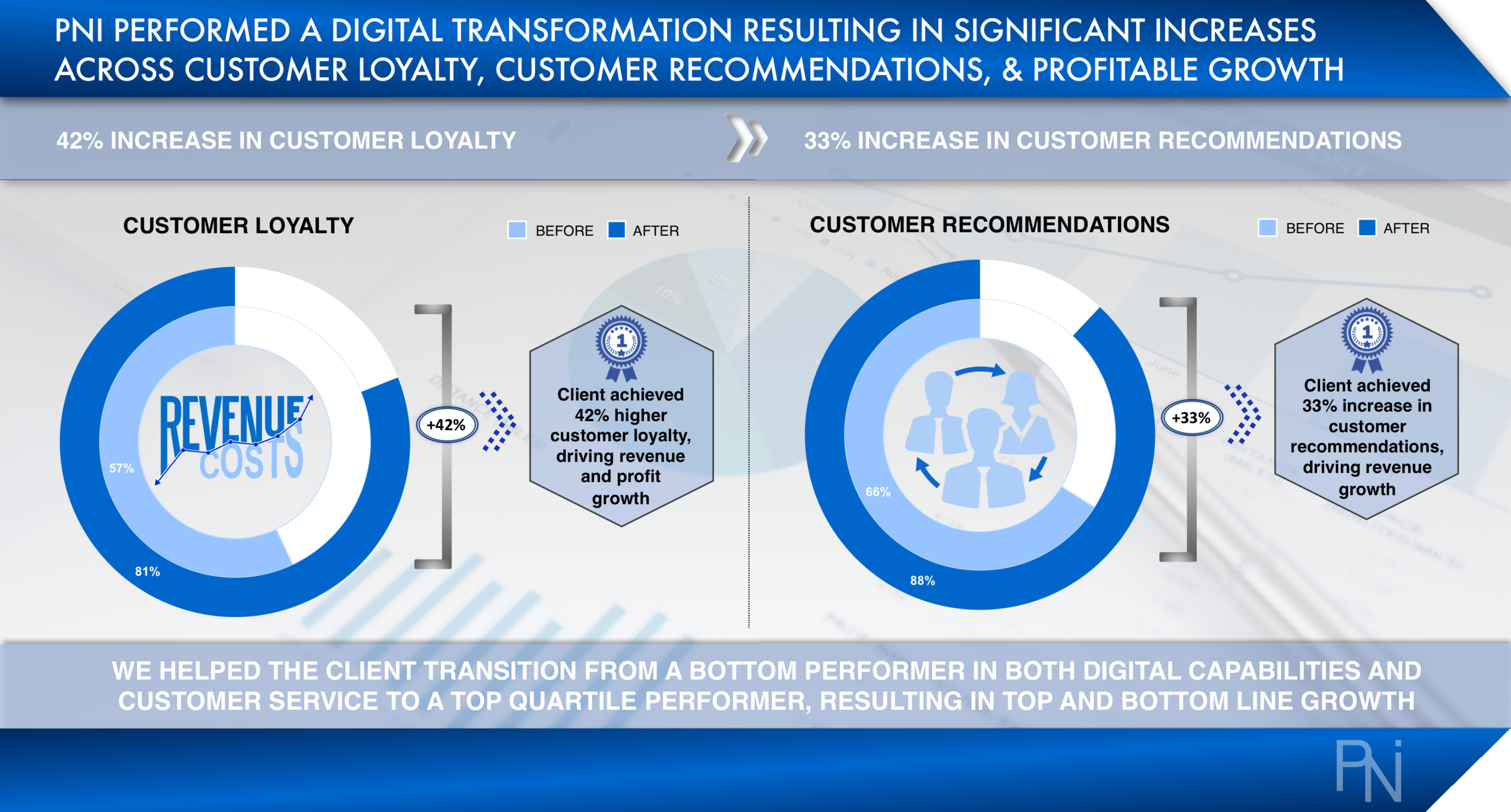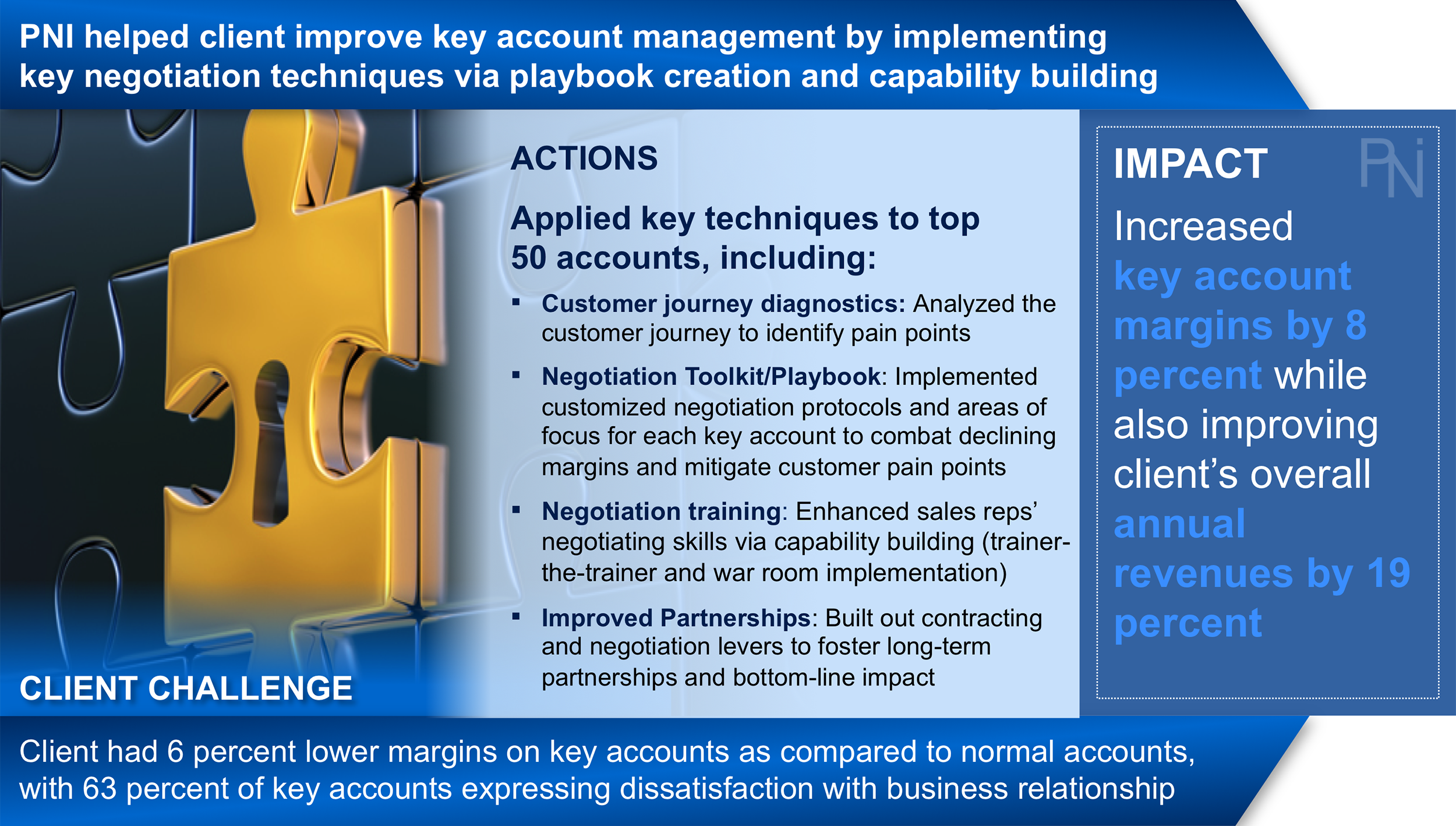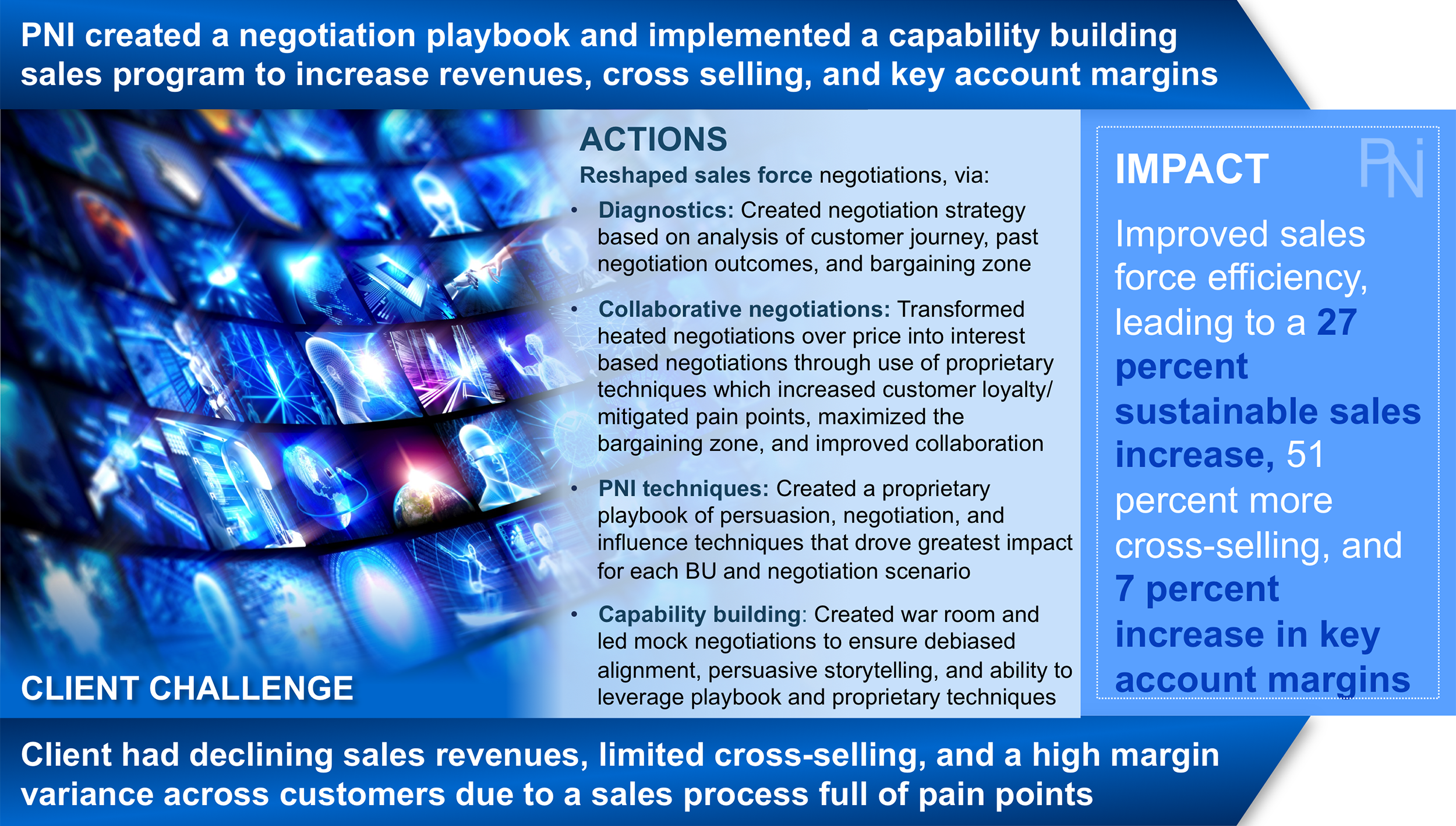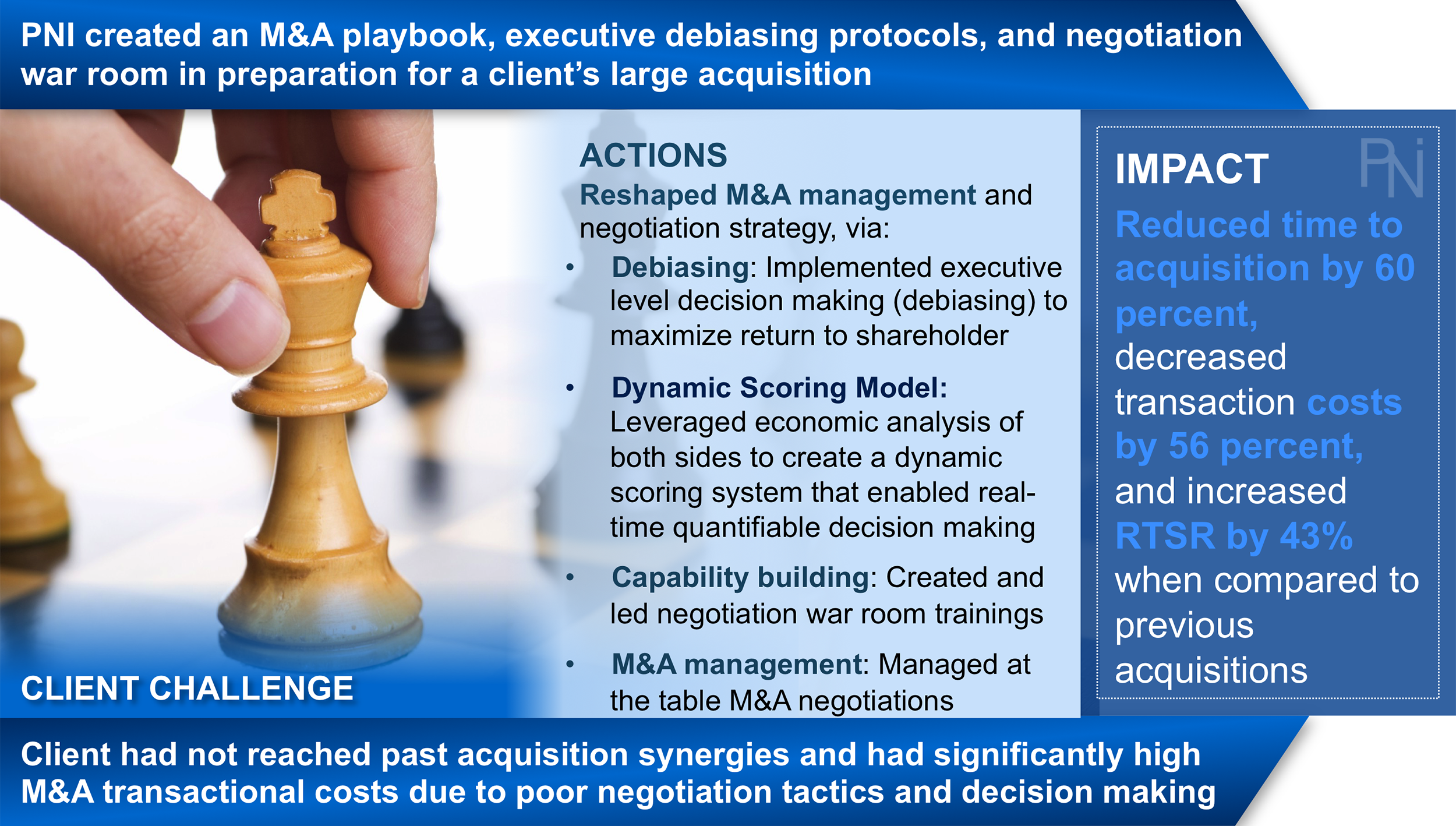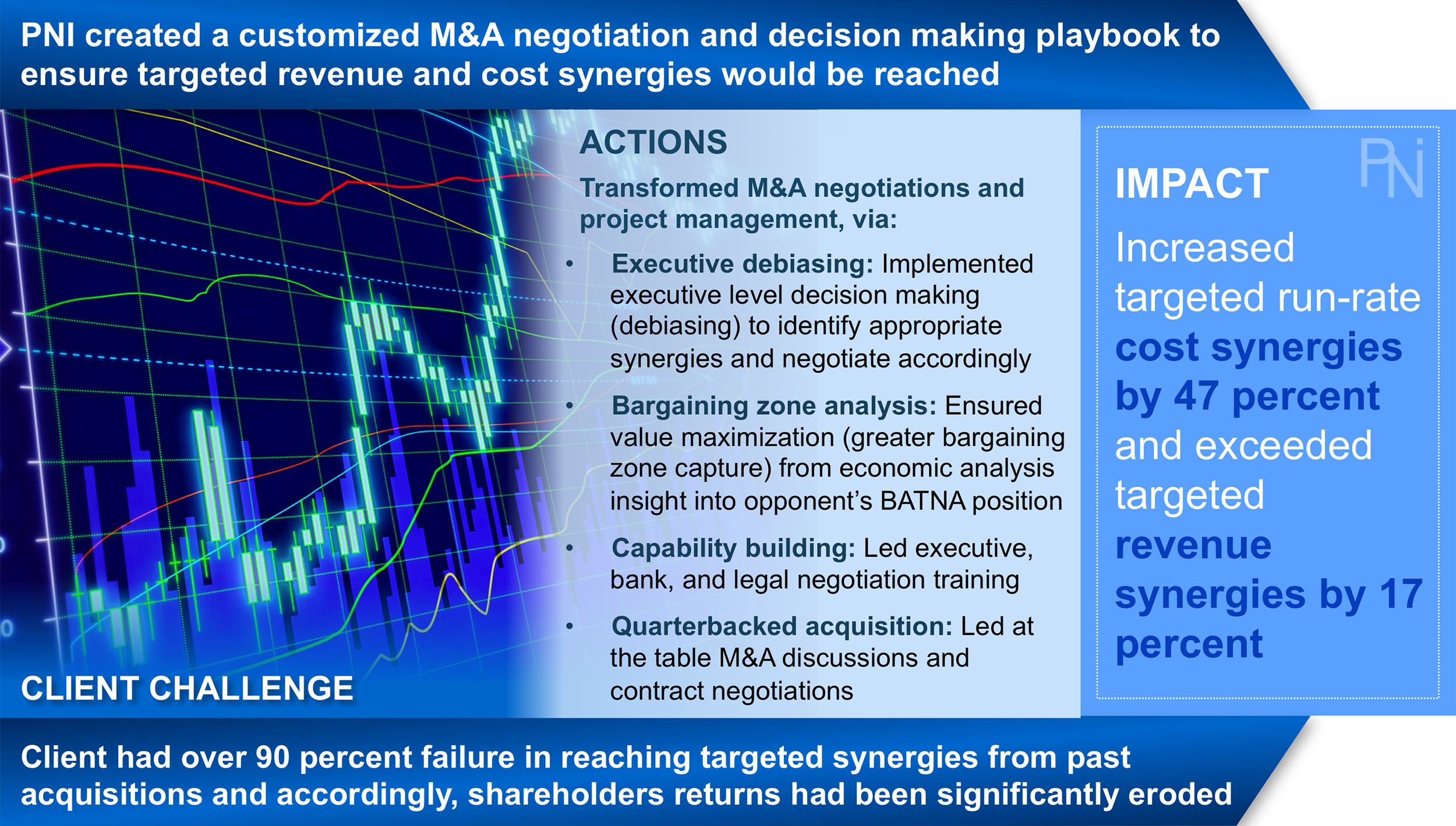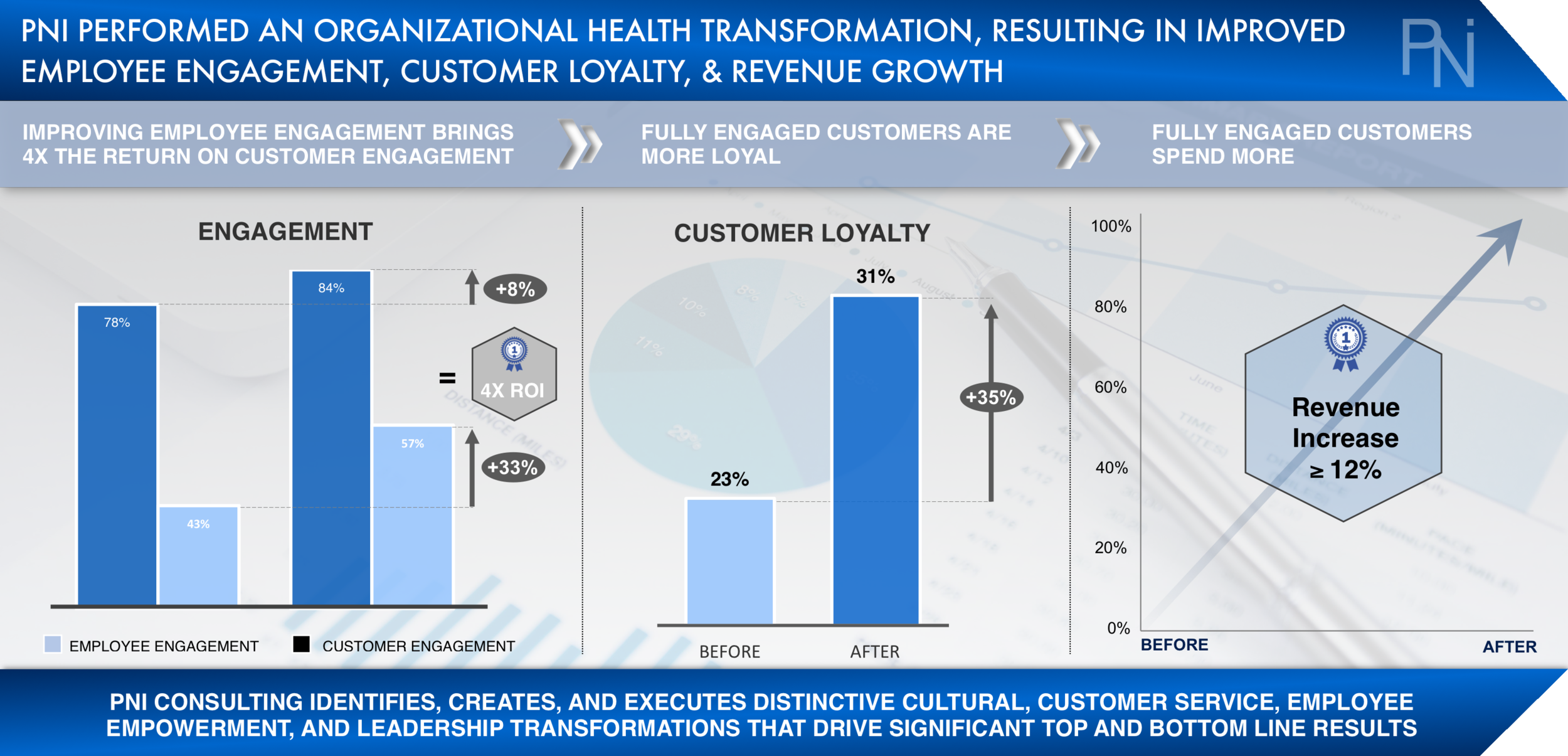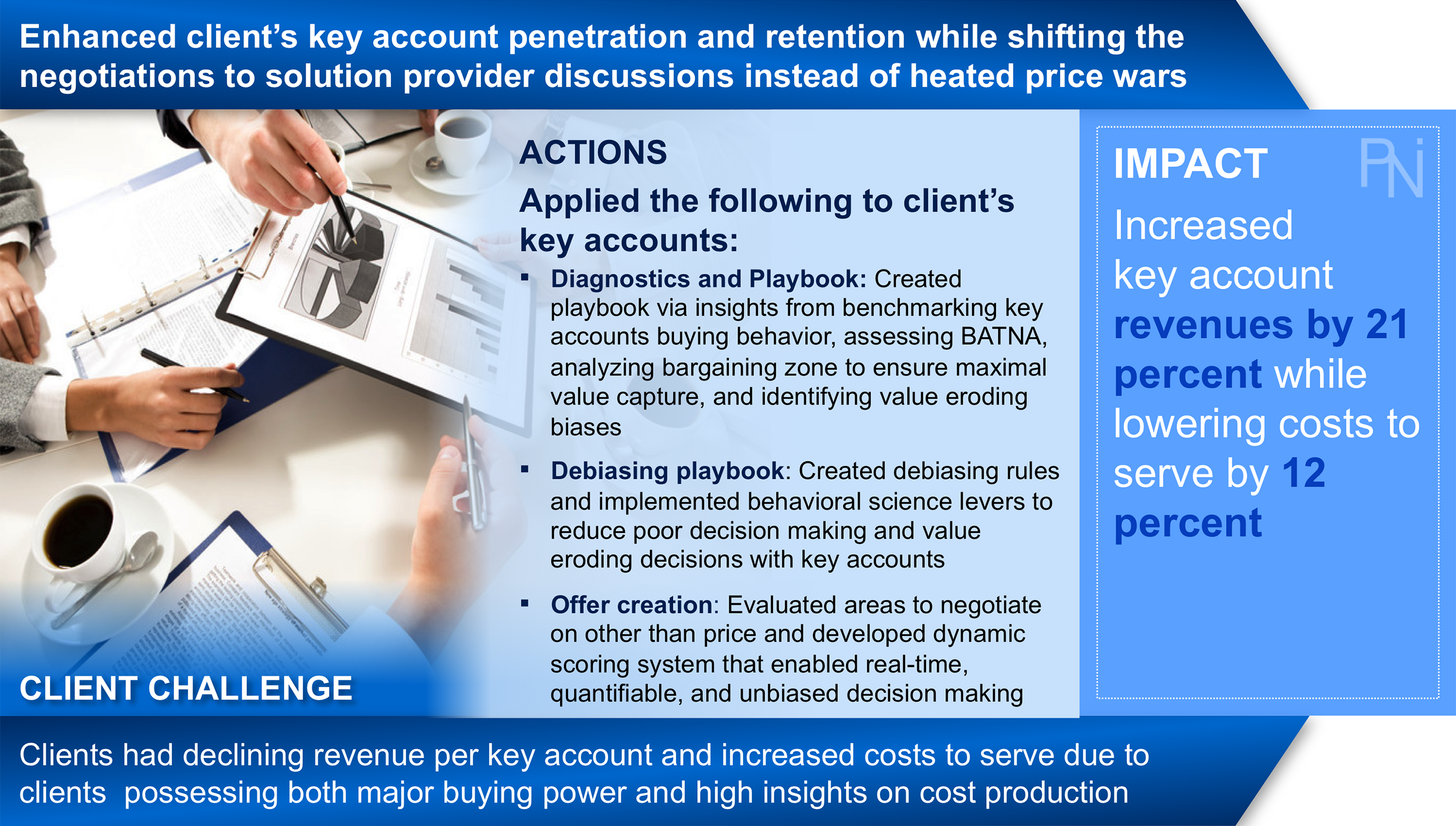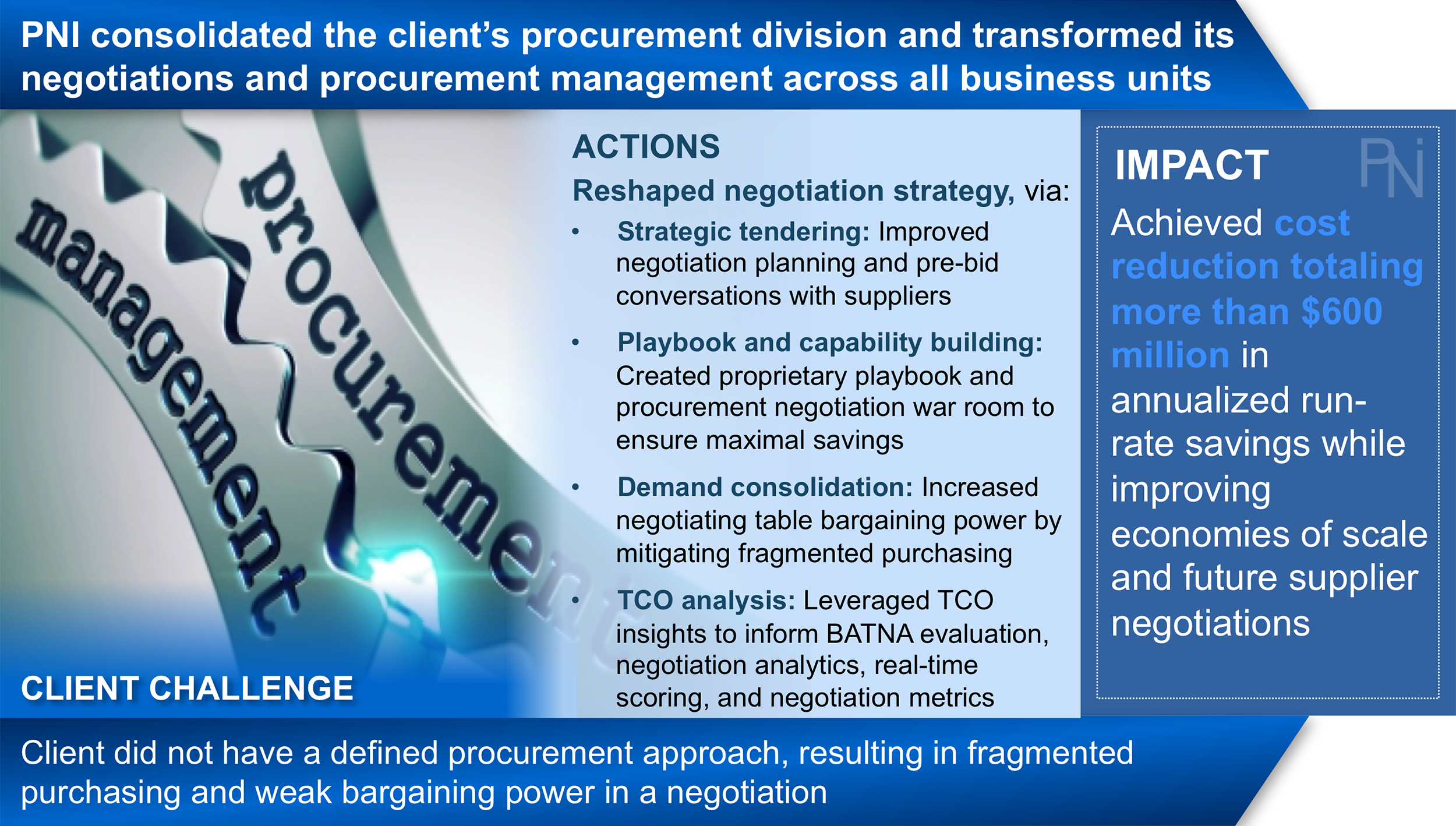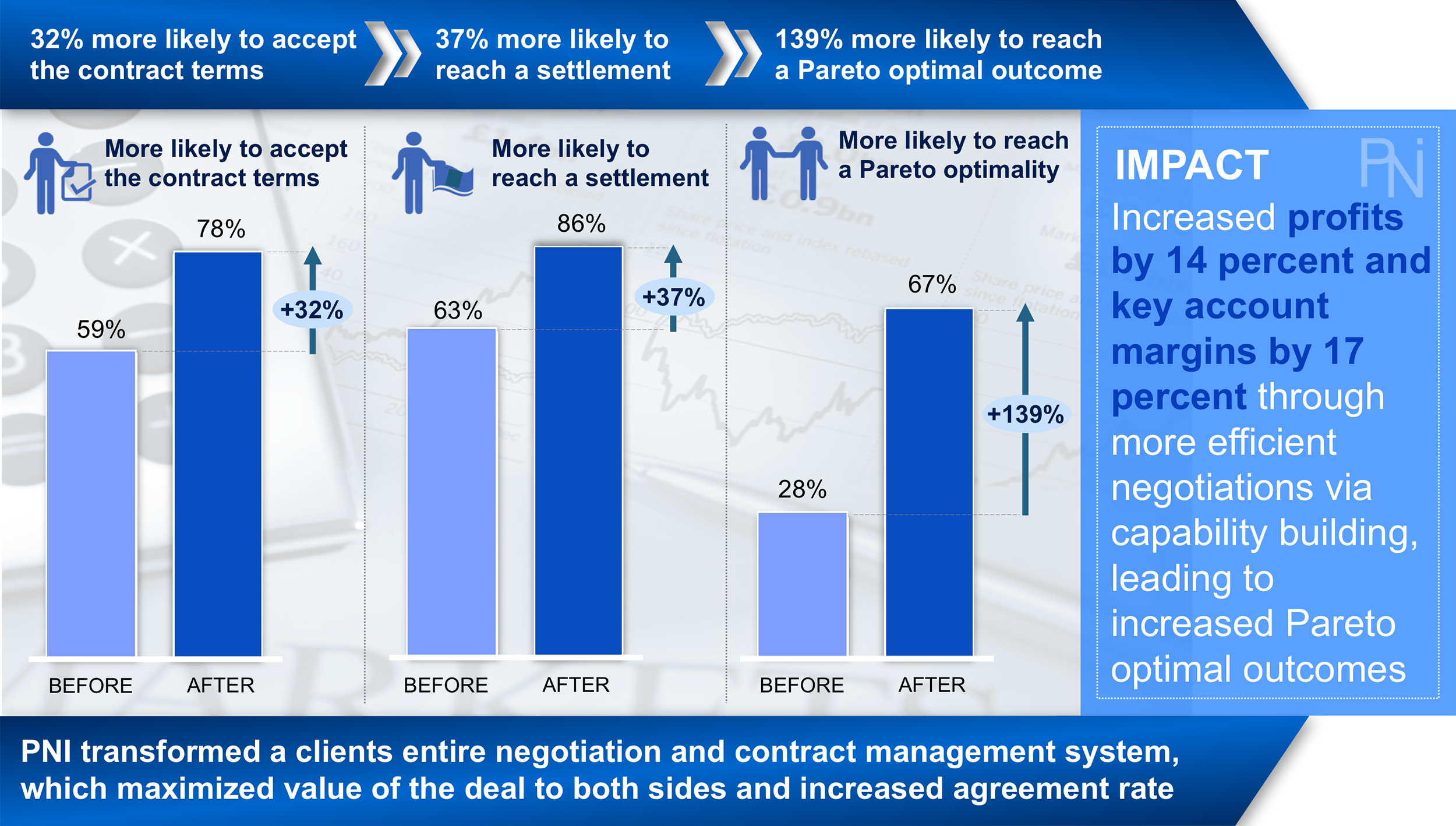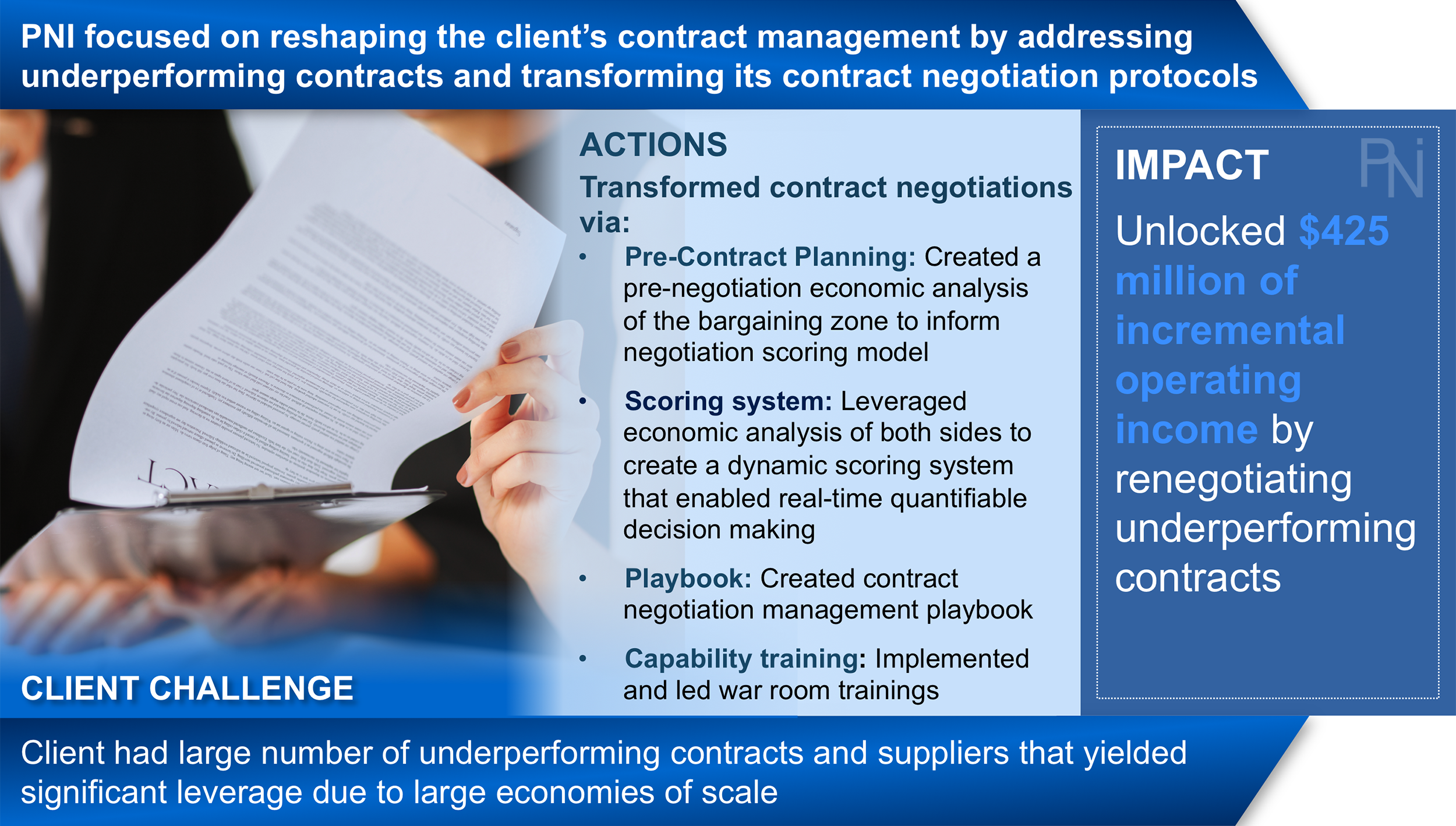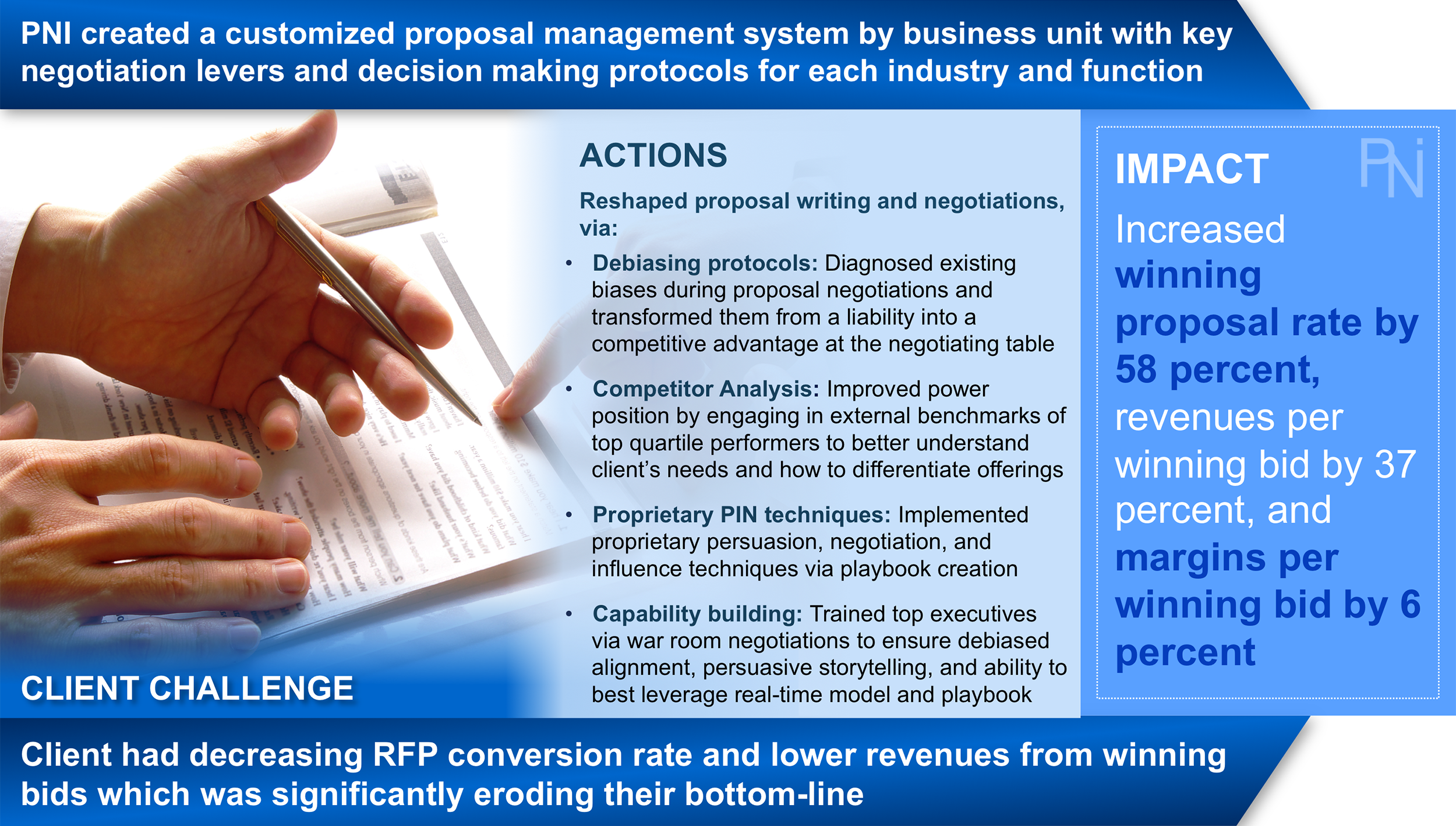Customer Experience Gap
- The Root of Profit Erosion -
Author: Joshua Seedman
Introduction
Exhibit 1 (Click to Enlarge)
The days of being successful on merely a differentiated product are over. Without creating a world-class customer experience the product alone will fail. This resonates more deeply than ever because disruption across B2C retail, with Amazon leading the way, has forever changed customer’s shopping expectations across all industries and in both the B2C and B2B spaces. Simply, customers make no differentiation between buying, as a world-class customer experience is industry agnostic. To the customer, shopping is shopping – plain and simple. This has left a large “customer experience gap™” between what customers expect and what they actually receive, equating to a poor customer experience and significant value erosion (See Exhibit 1). Three key areas strongly impact this gap, including (1) employee engagement, (2) digital capabilities, and (3) cross-functional collaboration. By transforming these three core enterprise capabilities, companies can close the customer experience gap by exceeding rather than simply meeting customer expectations.
THe Customer Experience Gap
Exhibit 2 (Click to Enlarge)
Most industries in both B2C and B2B are significantly behind the level of service, speed, and overall shopping experience customers now expect. This creates significant deadweight which this article calls the "customer experience gap™." This gap is simply the difference between what customers expect and what they actually experience. A byproduct of this customer experience gap is declining customer loyalty, lifetime value, and advocacy, all of which profoundly impacts the bottom line. For example, many companies, in an effort to combat this gap, throw excessive money at marketing, sales, brand, product R&D, and digital instead of actually fixing the root problem – poor customer service. Thus, declining customer loyalty (i.e., lower revenue) combined with additional, yet poorly allocated investments (i.e., higher costs) create a vicious profit destroying machine. Simply, investment costs exceed revenue benefit, meaning the company is going out of business more quickly (See Exhibit 2).
Closing the Gap
- Becoming a Service Excellence Winner -
Companies should leverage the disruption roadmap across B2C retail in transforming service excellence in an effort to close the ever-widening customer experience gap. This includes focusing on: (1) employee engagement, (2) digital transformation, and (3) cross-functional collaboration. This article will dive into each of these core drivers of service excellence.
Initiative #1
- Employee Engagement -
Exhibit 3 (Click to Enlarge)
Exhibit 4 (Click to Enlarge)
Employee engagement is listed first in this list of three key areas and by no accident. Our research and client engagements illustrate that improving employee engagement is highly correlated to improving customer experience and profitable growth. Without an employee first mindset a domino of value destructive undercurrents start overtaking an organization, including (1) poor employee engagement, (2) high employee turnover, (3) low employee productivity, (4) stifled creativity and poor innovation, (5) poor customer service, (6) low customer loyalty, (7) slow decision-making, (8) internal competition stemming from silos, and (9) stagnant profitable growth. In its most striking form, each dollar invested in improving employee engagement can reap up to a 4X ROI in customer engagement leading to significant revenue increases (See Exhibit 3). In addition, and according to Gallup, highly engaged organizations have double the rate of success of lower engaged organizations and enjoy significant improvements in customer loyalty and profitable growth. On the flip side of this, and according to another Gallup study, almost 70% of employees are either destroying or not creating any value day in and day out (See Exhibit 4). Simply, only 30% of employees are engaged in their work. The underlying issue begins with leadership, which snowballs downward into siloed groups that lack empowerment, resources, and focused alignment regarding the purpose and goal of the company. With an up to 4X ROI, improving employee engagement is a simple investment decision for closing the customer experience gap.
Read more about transforming employee engagement HERE (Part I) and HERE (Part II).
Initiative #2
- Digital Transformation -
Exhibit 5 (Click to Enlarge)
Digital has forever changed the corporate landscape and is now vital to every industry and channel. This resonates more deeply than ever as the Fourth Industrial Revolution has created a landscape where distinctive digital capabilities is a must for both short and long-term viability. Customers, with millennials leading the way, expect not only a great product but also (1) “wow” experiences, (2) convenience (shopping whenever and wherever they like), and (3) speed. These expectations are industry agnostic and are applicable even to the B2B space, where over 50% of buyers are millennials. Simply, customers make no differentiation between customer experience, as world-class service excellence and its accompanying digital capabilities is industry agnostic. This has contributed to the ever-widening “customer experience gap” between what customers expect and what they actually receive in large part driven by digital disruption. Implementing holistic digital platforms that will aid in delivering an omnichannel/seamless experience is one of the keys in closing this value erosive gap.
As such, winners will be those that leverage digital as a key profit driver and take a holistic approach to digital, including (1) internal culture transformation, (2) product platforms and channels creation, and (3) customer experience optimization (See Exhibit 5). Specifically, world-class digital transformations consist of nine core areas, including: (1) culture and change management, (2) data strategy, (3) cloud (including artificial intelligence (AI) and IoT), (4) customer experience, (5) security and compliance, (6) mobile (including mCommerce and apps), (7) eCommerce, (8) social media, and (9) omnichannel (See Exhibit 5). While each alone is disruptive, together they can unlock significant growth, revolutionize old business models, spark innovation, and create new customer experience leaders. At completion, a company will have a digital ecosystem that is sustainable and held together by seamless omnichannel synchronization, ensuring (1) mitigation of the value erosive customer experience gap and (2) creation of a profitable growth engine that is viable for both the present and the future.
However, within this new digital frontier, many companies unfortunately make the mistake of believing that digital transformation is simply a multi-channel and/or silo driven initiative in which IT creates new platforms and/or capabilities across the organization. Unfortunately, nothing could be further from the truth. Any digital transformation must be done with the cooperation of the entire company, as success hinges on such a transformation being a cross-functional, enterprise wide undertaking. This is where initiative #3 (i.e., cross-functional collaboration) comes into play (see below).
Read more about digital transformations HERE.
Initiative #3
- Cross-Functional Collaboration -
Exhibit 6 (Click to Enlarge)
Exhibit 7 (Click to Enlarge)
Improving cross-functional collaboration is the third step in closing the customer experience gap. Perhaps nothing damages the customer experience more than poor cross-functional collaboration. Simply, many business units act as entities unto themselves. This in turn produces value erosive silos, hoarding, ulterior motives, misaligned incentives, and customer pain points. For example, the animosity and internal competition amongst a company’s business units are often fiercer and more value destructive than what it faces with its own competitors. Simply, business units often act as if they were part of an unhappy arranged marriage. This often means a company's own worst enemy is itself. As long as each business unit is an island unto itself there will be significant energy and financial leakage as well as bottom-quartile customer experience. This stems from organizational "customer amnesia" because each time a customer interacts with a different business unit or channel the last interaction is unknown or forgotten. This is a byproduct of poor cross-functional collaboration. Silos can be broken and cross-functional collaboration can be promoted by leveraging the following three steps:
- Implementing a Unified Data Framework: Implement a unified data framework which captures insights from (1) declared, (2) observed, and (3) inferred customer preferences, allowing for personalization at a segment of 1:1 (See Exhibit 6)
- Producing a Firm Wide Smart View: Create an enterprise smart view of the (1) customer, (2) product/inventory, and (3) order history, ensuring mitigation of customer amnesia (See Exhibit 7)
- Creating an Enterprise Score Card: Implement an enterprise score card whereby all the business units and employees within a company have the same KPI’s, ensuring a true team effort versus silos, hoarding, and misaligned incentives
By implementing the above three initiatives, companies can transition from having a value erosive organizational structure to an enterprise customer centric mindset. Consequently, cross-functional collaboration will serve as the gateway to untapped growth, innovation, and service excellence.
Read more about improving cross-collaboration and implementing the aforementioned three steps HERE.
Conclusion
Customer experience is industry agnostic with service excellence acting as a key driver for either profit growth or value destruction. Companies across all industries and in both B2C and B2B must take a hard look at where it falls on the customer experience gap. In turn, by driving transformations across (1) employee engagement, (2) digital capabilities, and (3) cross-functional collaboration companies can ensure it quickly closes any gap by not only meeting but also by exceeding customer expectations.
About the Author
Joshua Seedman is the founder and chairman of PNI Consulting, a management consulting firm that specializes in global transformations. He has over 20 years of operating and general management experience with expertise in organizational transformations, customer experience, employee engagement, digital transformations, sales & marketing, operational turnarounds, culture/change management, and high-stakes negotiations. His experience includes executive roles within F500 companies, top-tier consulting leadership (McKinsey & Company), over 10 years of global P&L responsibility, and corporate lawyer (Davis Polk & Wardwell). He received his MBA from Kellogg School of Management and his J.D. (cum laude) from Northwestern University School of Law.









